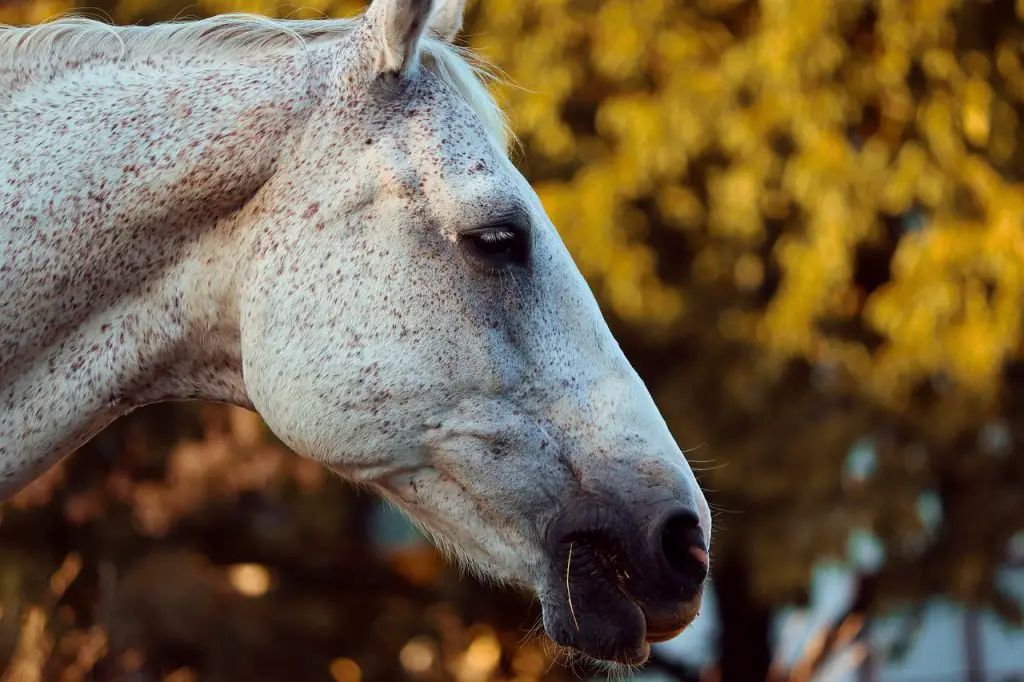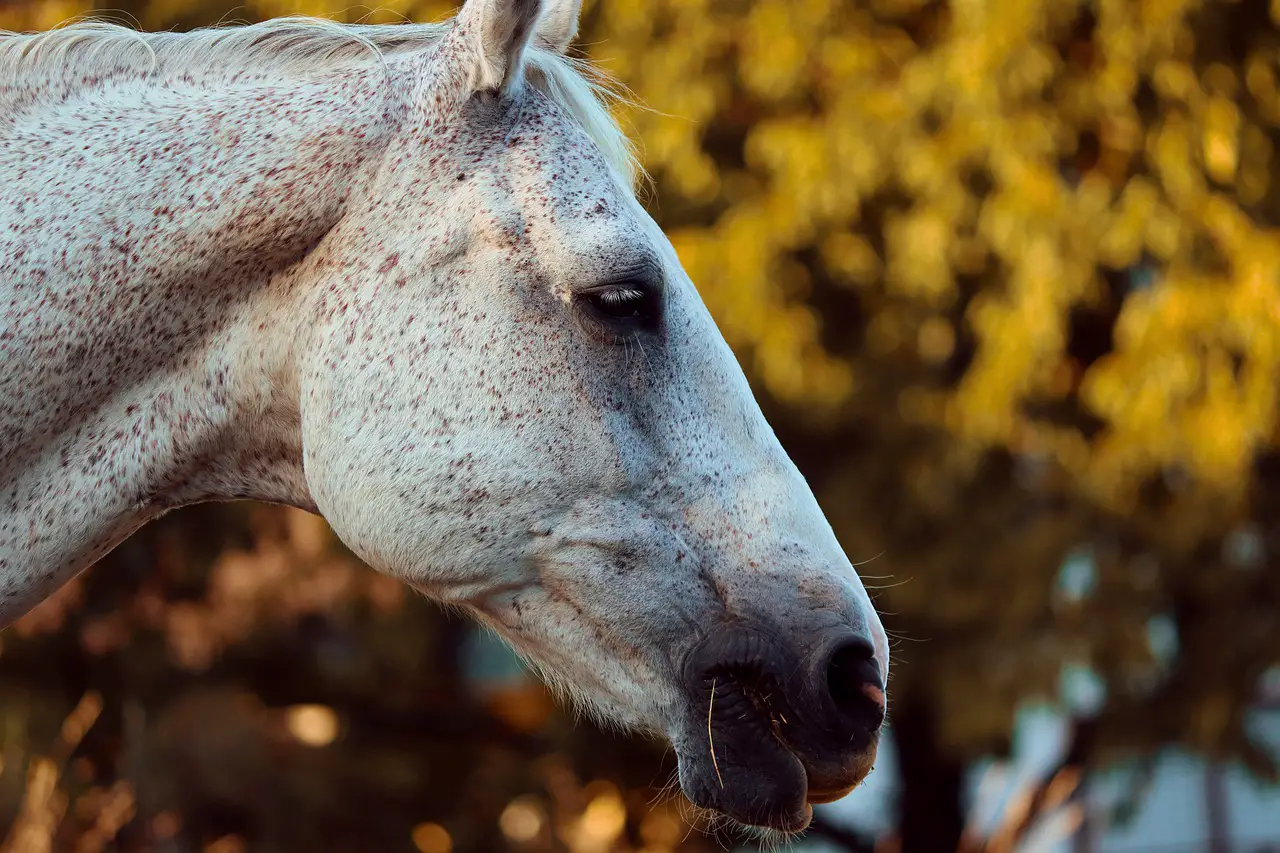Last Updated on March 15, 2022 by Allison Price
EHV refers to a group of five herpes viruses that are related and can be associated with a number of diseases. These viruses are classified as EHV 1, 2, 4, and 5.
EHV 1
Young horses are most likely to develop respiratory disease. They may show symptoms such as increased temperature, nasal discharge, enlarged lymph nodes, and coughing. EHV 1 may also lead to multiple or single abortions in mares mid-to late gestation. Sometimes foals can be born prematurely or at birth, but they soon die. Other foals are still-born at full term. Abortion storms may occur in susceptible mare populations. This type of herpes virus has been linked to neurological herpes. It can affect horses of all ages and types. This can cause weakness in the hindlimbs at first, but can progress to all four years and lead to death or the need for euthanasia.
EHV 2
Rarely, causes disease by itself. However, it can suppress immunity and make horses more susceptible to other infections.
EHV 3
Coital exanthema is an infection of the external reproductive organs that can cause small blisters and spots. Although it does not affect fertility directly, the disease can be spread during mating. Usually, the disease will resolve within 10-14 days. An increased temperature may make infected stallions feel unwell.
EHV 4
It is a common cause for coughing and performance loss in racehorses. Sometimes, EHV4 can cause abortions in mares.
EHV 5
It is rarely a cause for disease, but has been linked to a rare, severe form of pulmonary disease called equine mult-nodular.
Treatment
As antiviral drugs designed for humans don’t work well in horses, treatment of respiratory infections should be supportive. Horses suffering from the respiratory disease can be treated with medication to reduce temperature and coughing. Sometimes, antibiotics may also be prescribed to treat secondary bacterial infections.
Horses with neurological conditions can be difficult to treat. However, supportive care may include intravenous fluids and support in a sling. Paralysed horses that become recumbent or do not respond well to support in slings will usually need to be put down.
Although abortion cannot be treated specifically, it is important that the mare is kept away from other pregnant mares. The mare, placenta, foetal fluids and foetus all have the virus and could infect other mares.

Coital exanthema spreads during mating and does not require any special treatment. Animals with coital exanthema should not be bred before the blisters have completely healed.
Introduced disease in a group of horses that has not been infected before or vaccinated will often cause clinical signs in the horses. The clinical signs and severity of the disease may be reduced in those who have been vaccinated.
Horses can be carriers of the disease. They may not show any clinical signs, but spread the virus through shedding. This usually occurs only in stressful situations, such as transporting horses or competing in competitions. It is very difficult to identify carriers.
Vaccination
A vaccination is recommended to lower the risk of infection in horses. It is also essential for the management of breeding mares. The primary vaccination course for non-pregnant horses involves two four to six week apart vaccinations, followed by booster vaccinations every six months. To reduce the chance of EHV-related abortions in pregnant mares, we recommend that they be vaccinated at five, seven, and nine months gestation.


